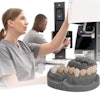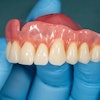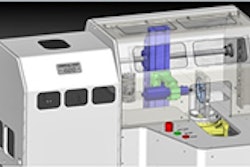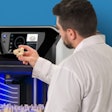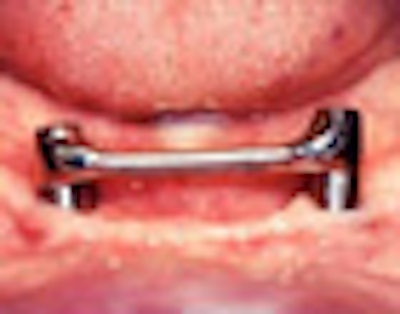
Prosthodontists may one day have an easier, less costly way to create dental bars used in restorations, thanks to a newly patented process developed by researchers at Missouri University of Science and Technology (Missouri S&T).
The computerized approach was developed by Ming Leu, Ph.D., the Keith and Pat Bailey Missouri Distinguished Professor of Integrated Product Manufacturing and a professor of mechanical and aerospace engineering at Missouri S&T, and one of Leu's former students, Amit Gawate, who received a master's degree in mechanical engineering from Missouri S&T. Leu and Gawate were recently awarded a patent for their process.
— Ming Leu, Ph.D., Missouri University
of Science and Technology
A critical step in implant restorations is the fabrication of the dental bar on which the ceramic denture sits. Each dental bar is patient-specific and needs to fit firmly in a patient's mouth and conform to the shape of the gingival surface. Thus, the design of a dental bar is a crucial step in the fabrication of the bar and success of the restoration.
Dental bars are typically created through a manual process that involves molding and casting. First a technician takes an impression of the area of the mouth where a denture would be placed, then casts a model of the gums and implants. From there, the dental bar is designed and fabricated from metal.
But Leu's approach is entirely digital and automated.
"This method can reduce the cost as well as the time involved" in fabricating dental bars, Leu stated in a university press release.
Additive manufacturing
An expert in manufacturing, Leu first became interested in dental surgery after Stephen Schmitt, D.D.S., a San Antonio prosthodontist, contacted him about some previous research with additive manufacturing. In 2000, Leu developed a way to create prototypes of manufactured parts out of ice, a method he called rapid freeze prototyping, and Dr. Schmitt thought the approach would be a cost-effective way to make models for dental surgery.
Together, they obtained funding from the National Science Foundation to investigate the approach. From there, Leu developed the computer-aided method for dental bar design.
"He was using a commercial computer-aided design system to design the dental bars," Leu told DrBicuspid.com. "Before you needed to make a lot of impressions, involving a lot of manual steps. But you still need a lot of human intelligence, and this automates the entire process."
Rather than making a physical model, Leu's process uses digital imaging technology to take a picture of a patient's mouth and create two datasets. One dataset is used to develop a geometric model of the patient's gingiva and the other is used to create geometric models for the dental-bar connector and dental-bar cylinders. From there, computer algorithms -- developed by Leu and Gawate -- combine the datasets to create a computer-aided design model of the actual dental bar. That model can then be fabricated using either an "additive manufacturing" (rapid prototyping) or a computer-numerically controlled machining process.
"Additive manufacturing is a way of making a part by adding material, one layer at a time, rather than removing material, as you would do with machining," Leu explained. The process uses less material than machining or other processes and can be easily tailored to individualized parts of different geometries, he added.
Currently, commercially available automated dental restoration systems such as the Cerec and Procere are only capable of making restorations for a single tooth, not for edentulous patients requiring multiple teeth restorations, according to Leu and Gawate's patent application.
Kim Gowey, D.D.S., former president of the American Academy of Implant Dentistry, told DrBicuspid.com that cost will determine whether this new approach will be successful with dentists.
"Most of this new digital imaging technology hasn't brought costs down," he said. "Usually, it involves more start-up costs, and fabrication costs haven't been less; sometimes, they are significantly higher."
Copyright © 2010 DrBicuspid.com
